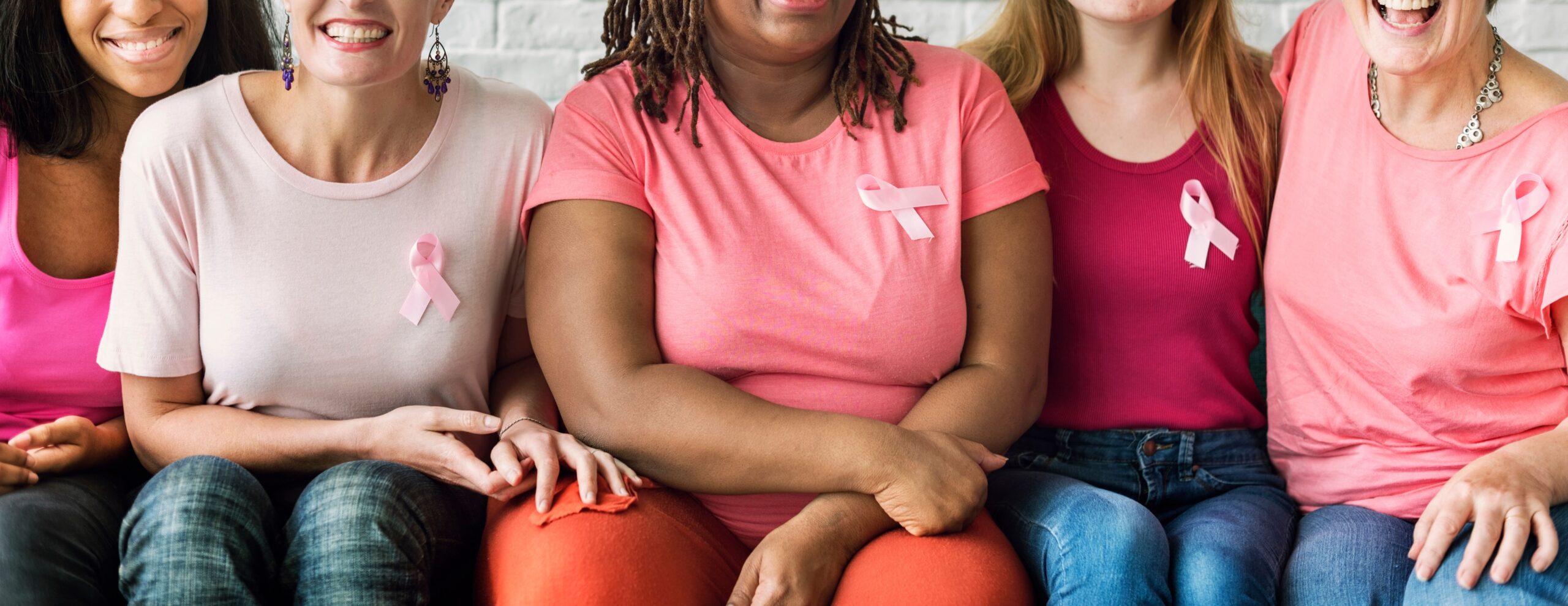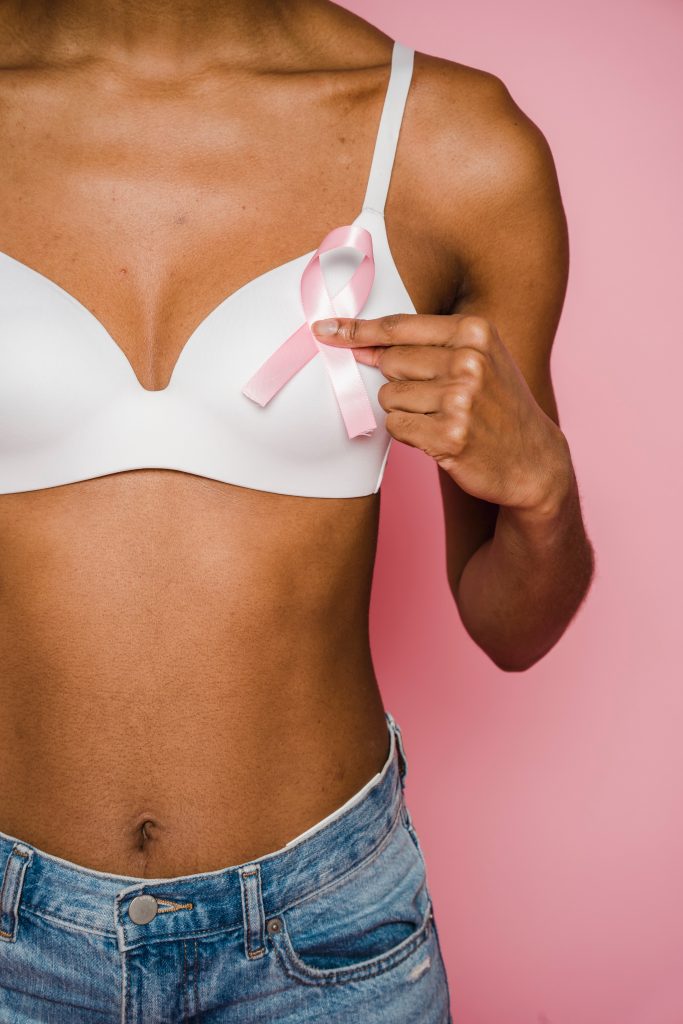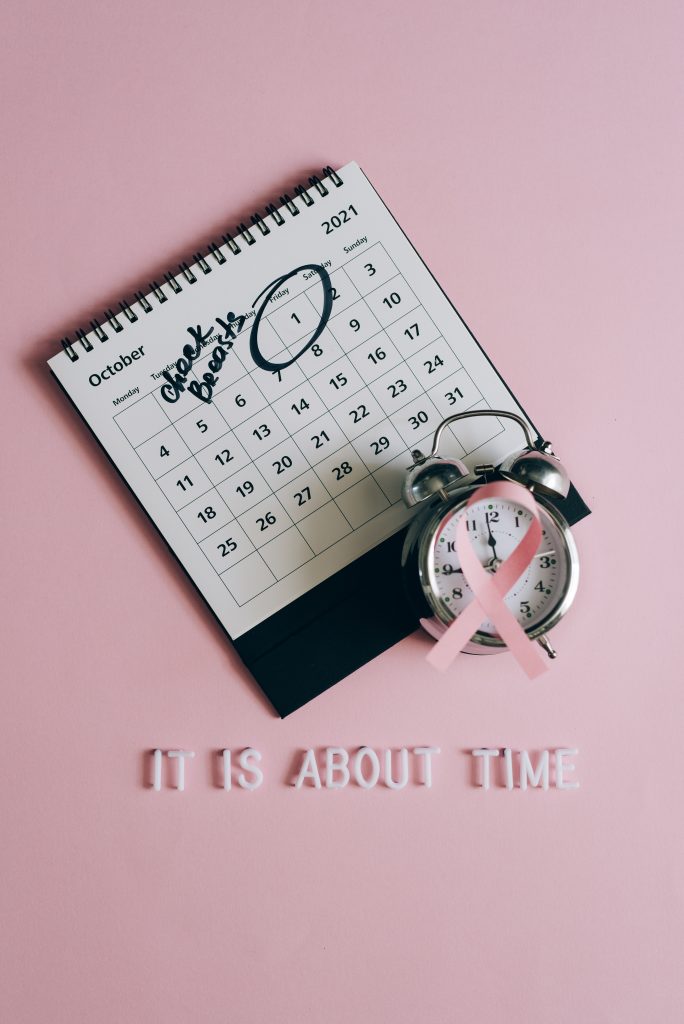

It’s October, and we all know that October is National Breast Cancer Awareness Month. Look around. See all the pink ribbons? The color pink is a reminder to learn the basics of breast cancer and then get screened. And men, don’t think this doesn’t apply to you. Though it’s much more common in women, breast cancer affects men, too.
Consider these facts. About one in eight American women will develop breast cancer over the course of her lifetime. Breast cancer is the second most common cancer in women after skin cancer and the second leading cause of cancer death in women. Only lung cancer kills more women each year.
The American Cancer Society estimates that 281,550 new cases of invasive breast cancer will be diagnosed in American women in 2021. In addition, 49,290 new cases of non-invasive breast cancer (ductal carcinoma in situ) will be diagnosed. Sadly, about 43,600 women are expected to die from breast cancer this year.
Further, the American Cancer Society estimates that about 2,650 new cases of invasive breast cancer will be diagnosed in American men in 2021, and about 530 men will die as a result. A man’s lifetime risk for developing breast cancer is about one in 833.
Breast cancer occurs when cells in the breast start growing uncontrollably. Most of the time, but not always, these extra cells collect and form tumors. These are the lumps that can often be detected in the breast on your self-exams or mammograms.
A new lump in your breast or armpit is one symptom of breast cancer, but there are others as well. You might notice thickening or swelling of an area of your breast, or irritation or dimpling of your breast skin. Look for red or flaky skin near the nipple, as well as secretions from the nipple other than breast milk. Changes in the size and shape of your breast, and pain in any area of the breast are other breast cancer symptoms.
If you have any of these symptoms, visit your doctor for a proper diagnosis.


Breast cancer is the result of a mutation, or abnormal change, in the genes that regulate the growth and reproduction of breast cells. About 5 percent to 10 percent of breast cancers are inherited, or caused by mutations passed on from your parents. The rest are caused by abnormal changes that occur as the result of aging and life in general.
That makes getting older a risk factor for breast cancer, one you can’t do anything about. Other risk factors for breast cancer you cannot control include getting your period before age 12 and menopause after 55, having dense breasts, having a personal or family history of breast cancer and having been treated with radiation therapy.
There are also risk factors for breast cancer you can control, things like being physically inactive, being overweight, drinking a lot of alcohol and taking hormones. In addition, having your first baby after age 30, not breastfeeding and never having a full-term pregnancy can also increase your risk for breast cancer.
You can’t change your age or your genes, but there are steps you can take to reduce your risk for breast cancer. A few of these suggestions are no-brainers. We already know that we should maintain a healthy weight, exercise regularly and limit our alcohol consumption to one drink a day.
These suggestions you may not have heard. For one, think hard and have a heart-to-heart discussion with your doctor about the risks of taking the Pill or hormone replacement therapy (HRT). They may not be right for you. If you have a baby, consider breastfeeding, if you’re able. If you have a family history or a genetic mutation, talk to your doctor about ways you can lessen your breast cancer risk.
With breast cancer, as with most cancers, early detection is critical to treatment success. It’s best to find it before the cancer cells have had a chance to invade the nearby lymph nodes and spread to other areas of the body. Maintaining a routine screening schedule can assist with early detection.
The first part of the screening process is regular breast self-exams. You know the look and feel of your breasts, so you’re likely to notice changes such as lumps, pain, or differences in size or shape. You should also get routine clinical breast exams by a doctor or nurse, who use their hands to feel for lumps in your breasts.
The next step is to get a mammogram. The American Cancer Society’s Breast Cancer Screening Guidelines recommend that women begin yearly mammograms by age 45. They can switch to having mammograms every other year at age 55. If lumps are detected, your doctor may perform a biopsy to determine if their cells are cancerous.
If cancer is detected, there are many approaches to treating it. Doctors often use more than one approach on each patient.
Chemotherapy is a common approach. It uses drugs to kill cancer cells and shrink tumors. Surgery, called mastectomy, is often used to remove the breasts and the tumors. Radiation therapy uses high-energy rays directed at the spot of the cancer to kill cancer cells. Unfortunately, chemotherapy and radiation therapy have uncomfortable side effects.
Doctors use additional treatment approaches including hormonal therapy, which doesn’t allow the cancer cells to get the hormones they need to survive. Another approach is biological therapy, which works with the immune system, your body’s natural defense against disease. Biological therapy helps the immune system fight the cancer. It also helps control the side effects of other cancer treatments.
Breast cancer is the subject of much research, and if you’re interested, you can participate in a clinical trial to test the safety and effectiveness of new drugs and treatments. To find a clinical trial near you, ask your doctor or go to clinicaltrials.gov.
Now, you know the basics of breast cancer. Put on something pink and share what you’ve learned!





Leave a Reply